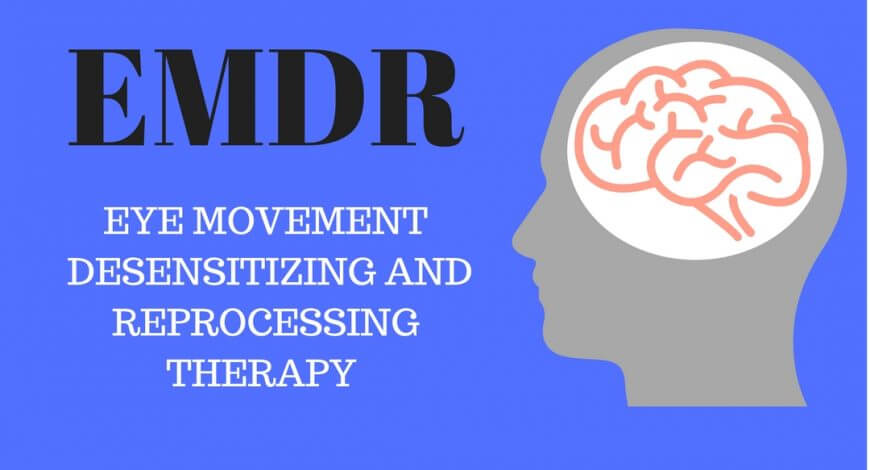
For info about the training, experience, & certification I completed to be here to offer EMDR Therapy, please see end of page.
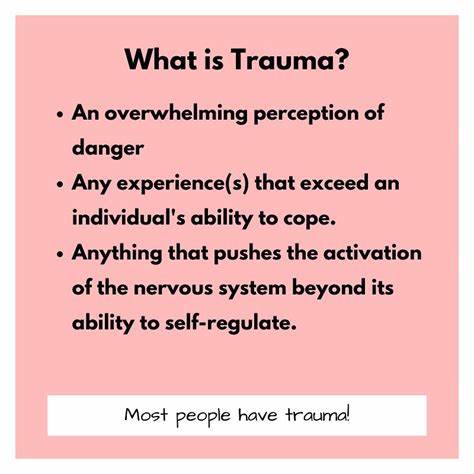
EMDR Therapy Treats the following:
- Trauma (including any “major upsets” in your life that you feel stuck on)
- Post-Traumatic Stress Disorder (PTSD)
- Depression
- Anxiety
- Panic attacks
- Phobias
- Poor Self-Image
- Addictions
- Relationship Issues
- Grief/Loss (depending on the situation, noting that trauma is not grief, and grief takes it’s own time and follows its own process)
What is EMDR
- EMDR stands for “Eye Movement Desensitization and Reprocessing.”
- EMDR is an integrated, 8-phase therapeutic approach that considers a person’s somatic (physical) and emotional states, with a focus on how the brain perceives events.
- EMDR was founded in 1987 by Francine Shapiro and is currently one of the most researched methods of contemporary psychotherapy.
- EMDR has been empirically proven to be particularly effective in treating PTSD and other types of traumas.
- Usually EMDR is recommended for folks who have some basic level of stability / calm in their lives right now, be that personal, family, medical, and / or vocational stability. For those who are still working on stabilizing the immediate aftermath of an event or managing a big change, it may be recommended to start with some supportive counselling prior to proceeding with EMDR.
- Optional; it is up to you as to whether you would like to try EMDR.
What EMDR is not
- Entirely forgetting the trauma that happened / amnesia
- Hypnosis
- Mind control
- Fortune telling
- Quackery / bunk / fake / conspiracy theories etc. (Many well-conducted studies have found EMDR to be effective for lots of folks.)
- A quick “insta fix” that is completed in one session etc.
- A party trick / just for fun
Key Features of EMDR
- Present-focused therapy, with particular interest in the ways past memories activate emotions in the present moment.
- Therapist guides client in accessing memories in order to move them from a place of emotional activation to a more logical, rational place, so that triggers of the past no longer have the same charge.
- Includes a technique called “bilateral stimulation,” where a therapist will guide a client through eye movements, tones or tapping.
What to Expect
- During the EMDR process, different emotions and sensations may arise as your brain works to make sense of things.
- You will be asked to notice your experience and give honest feedback.
- Whatever you are feeling in the moment is okay and my role as the therapist is to gently guide the process by observing and being curious.
Length of Treatment
- It is my goal as a therapist to help clients move through the 8 phases of EMDR safely and efficiently.
- We are all eager for change and we also want to follow the EMDR process to get the long lasting relief from trauma.
- In my experience, the typical range for length of treatment is six to twelve sessions, ranging from weekly to monthly. However, no two people are alike and the exact number of sessions will vary.
- Certain issues like a single traumatic event (ex., car accident) may take a shorter number of sessions than a more complex trauma history.
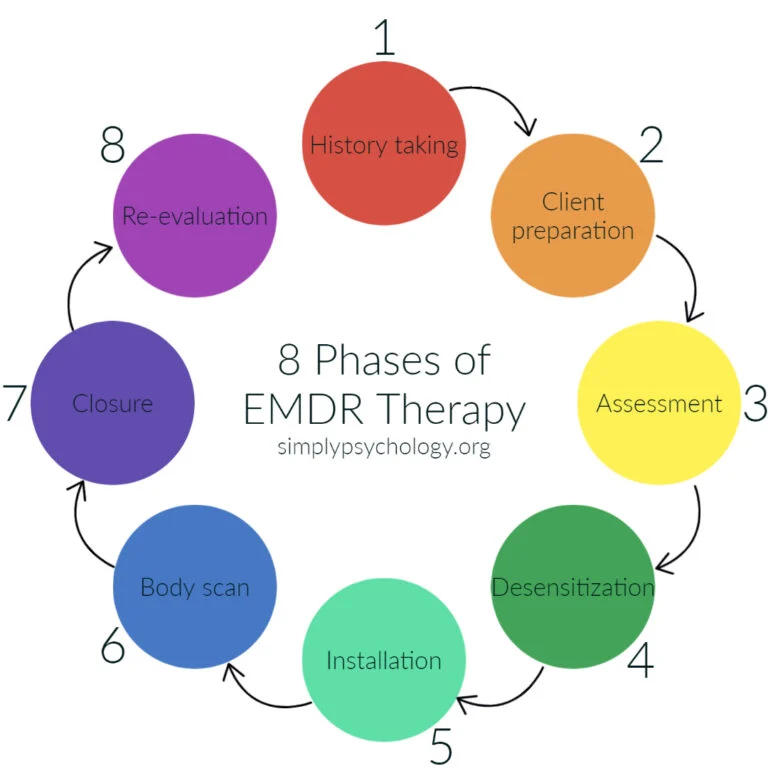
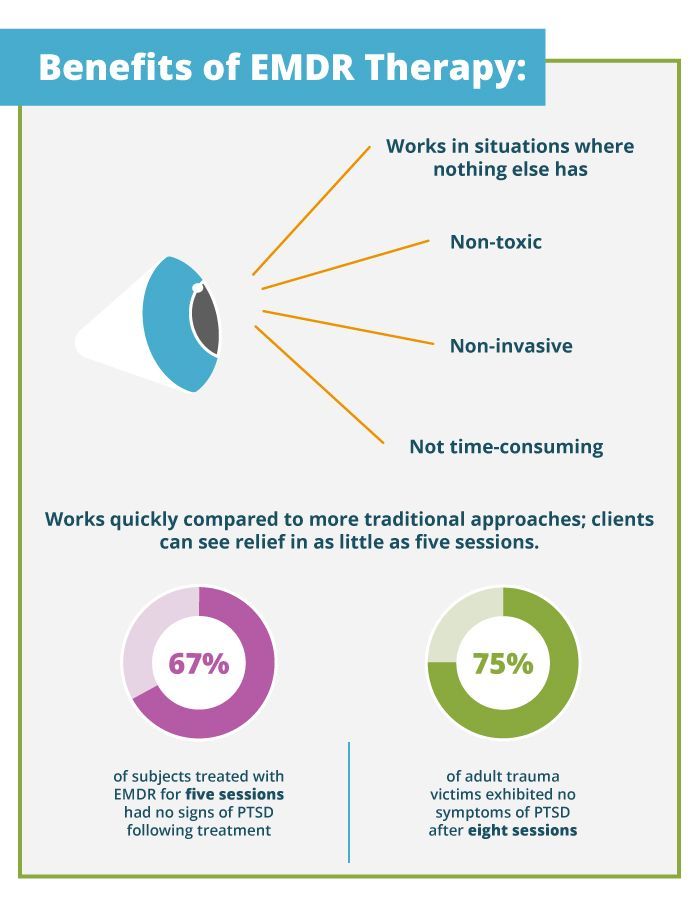
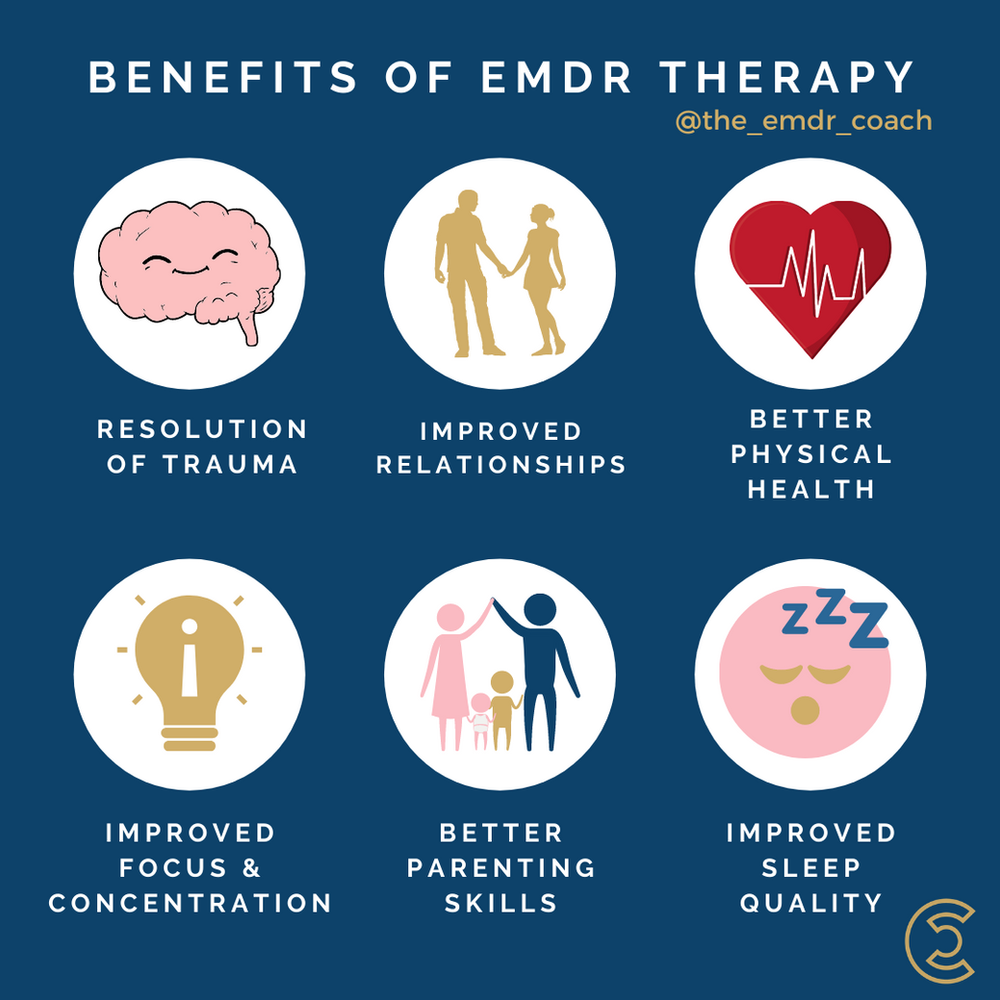
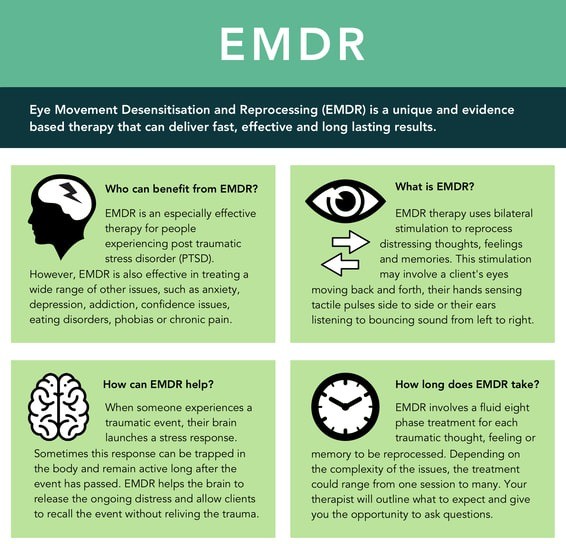
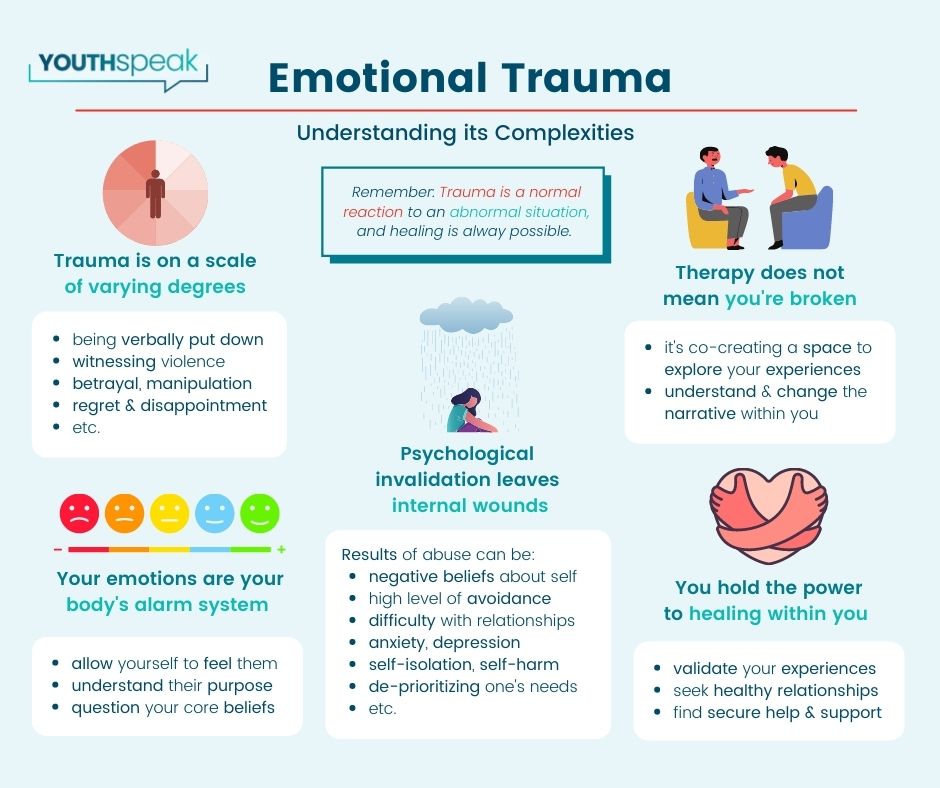
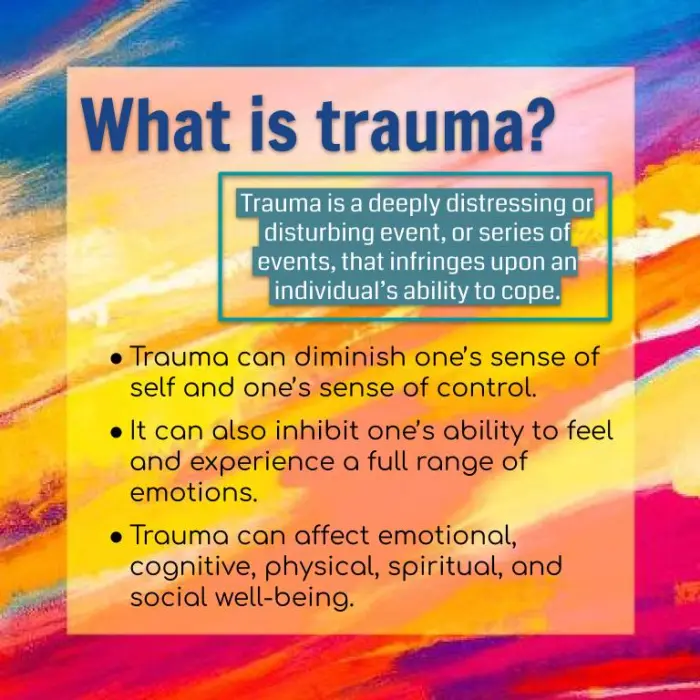
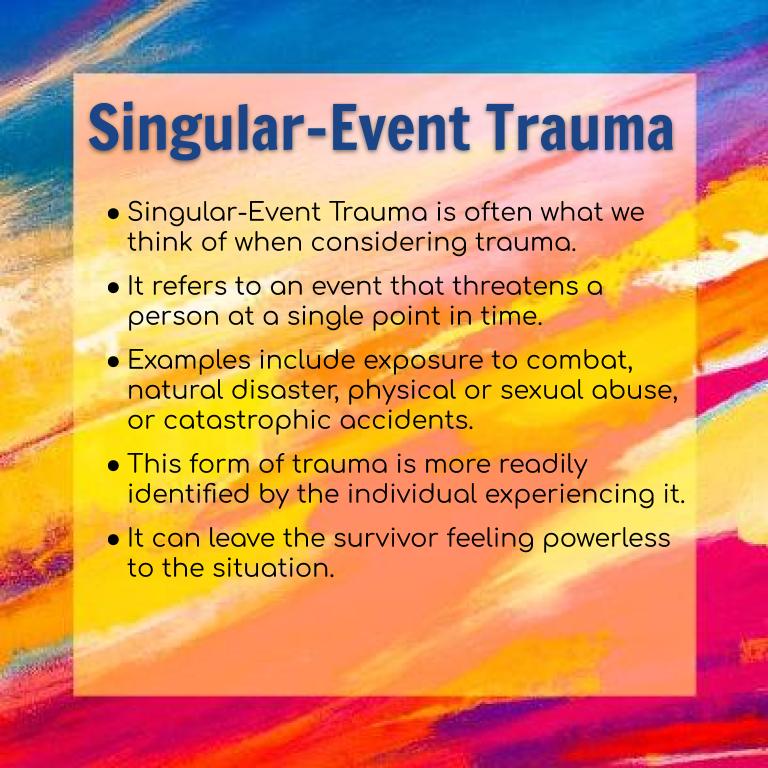
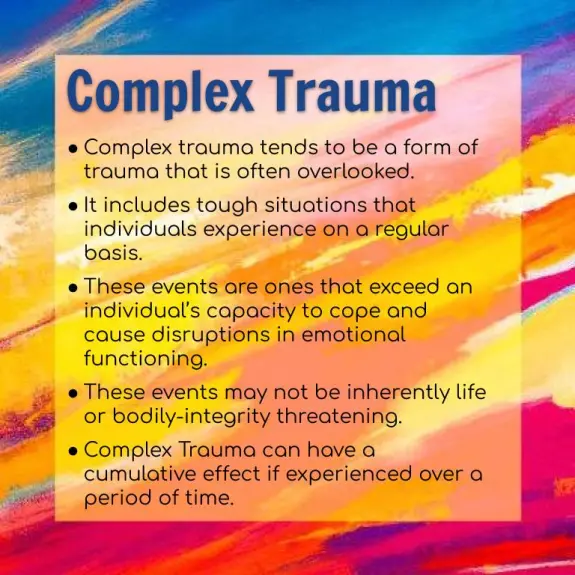
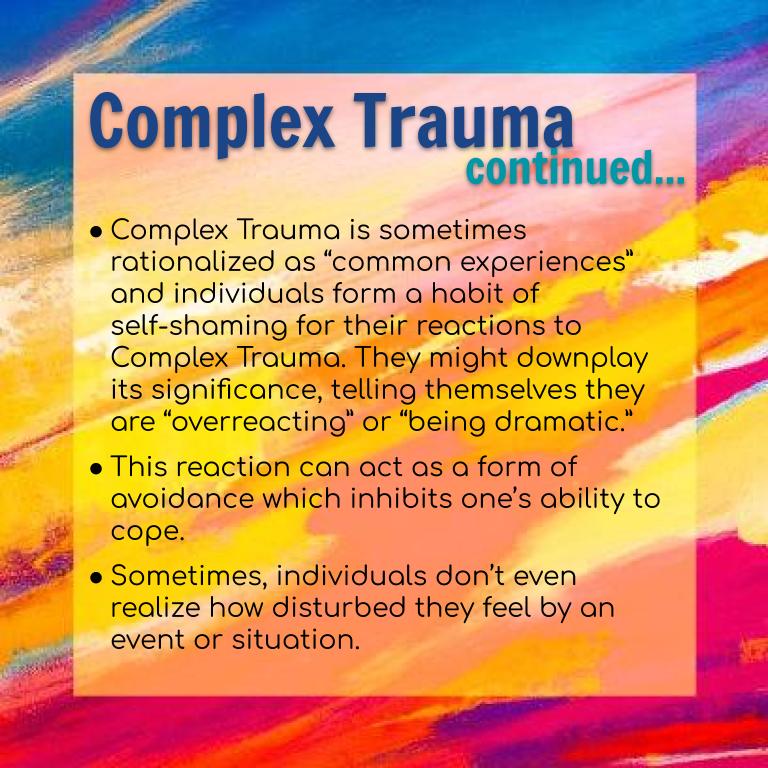
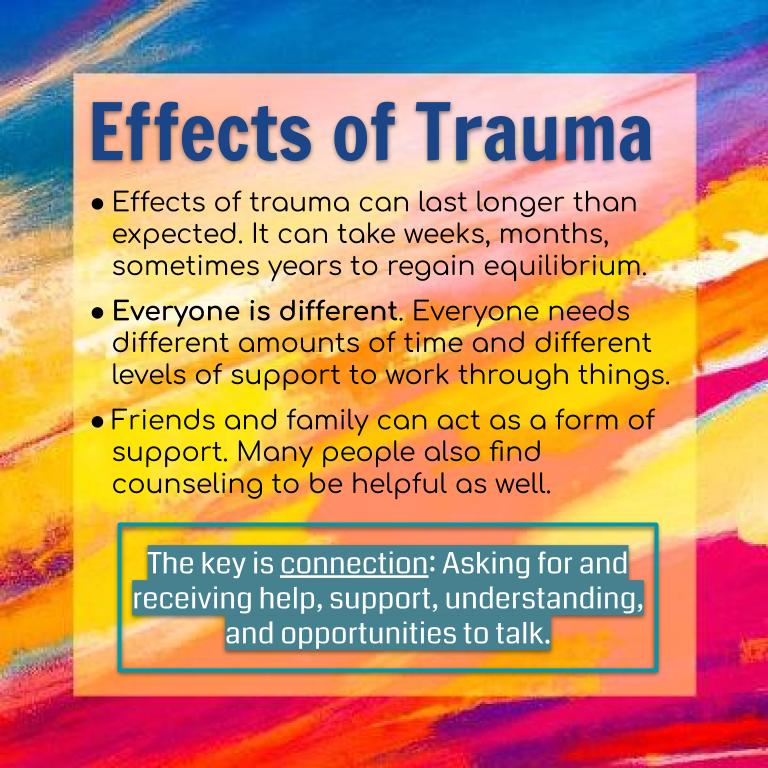
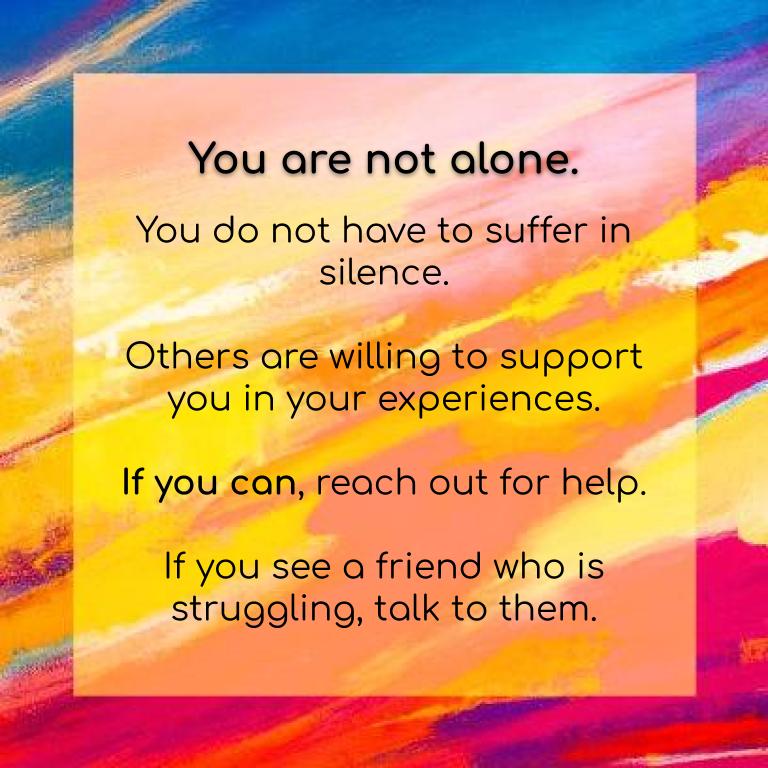
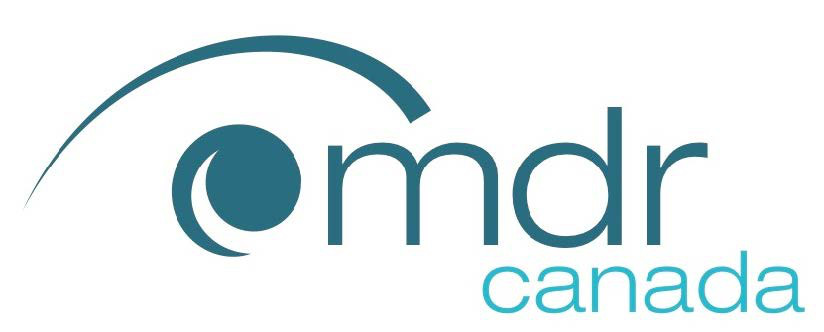
My path with EMDR:
To earn your trust, I became an EMDR-trained therapist in Canada.
The 10 year training path I followed included:
- Earned a Master of Social Work (MSW) with a specialization in clinical counselling.***
- Registered with the Nova Scotia College of Social Workers (NSCSW)
- Completed the NSCSW supervised Candidate Mentorship Program (2 years)***
- Completed 5 years of post-MSW social work experience, including two years of experience per each of area of specialization (e.g. mental health counselling, addictions counselling etc.) – prior to being eligible to apply to the NSCSW for a private practice license***
- Applied to the NSCSW to add to my private practice license the areas of specialization of: “mental health counselling”, “addictions counselling” etc. as well as the areas of specialization: 1) “trauma-informed care”, and, 2) “trauma treatment (EMDR)”.
- Completed an EMDR Canada certified one year training program in EMDR therapy, including classroom, practicum, and supervision components, and experiencing EMDR from the client’s perspective.
- Registered with EMDR Canada as an EMDR trained therapist, having met EMDR Canada’s criteria.
- Ongoing formal supervision and professional development in the area of clinical social work and trauma therapy.
- Additional steps and training not listed here.
© Mackenzie Ells, 2024.
All contents on this page, are for the exclusive use of the clients and prospective clients of Sunrise Out East Counselling, not for the lurking, sleuthing, use, paraphrasing, pooching, or “inspiration” of other counsellors, counselling students, employers, registration bodies, or any other person or party etc.
Please respect my words and intellectual property, as well as those of the other authors and contributors, by leaving them here, for the folks whom the content is intended for. Otherwise, this may be followed up on directly, as needed.
Thank you for your cooperation.
